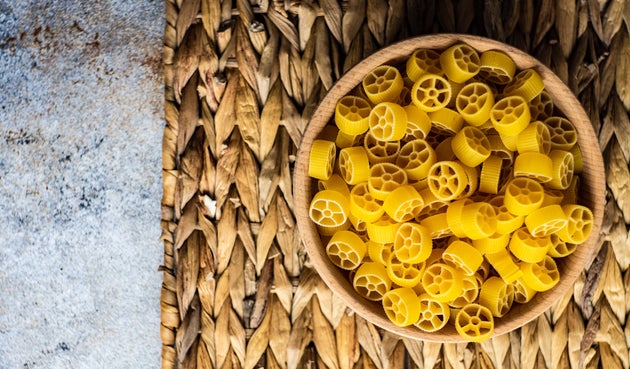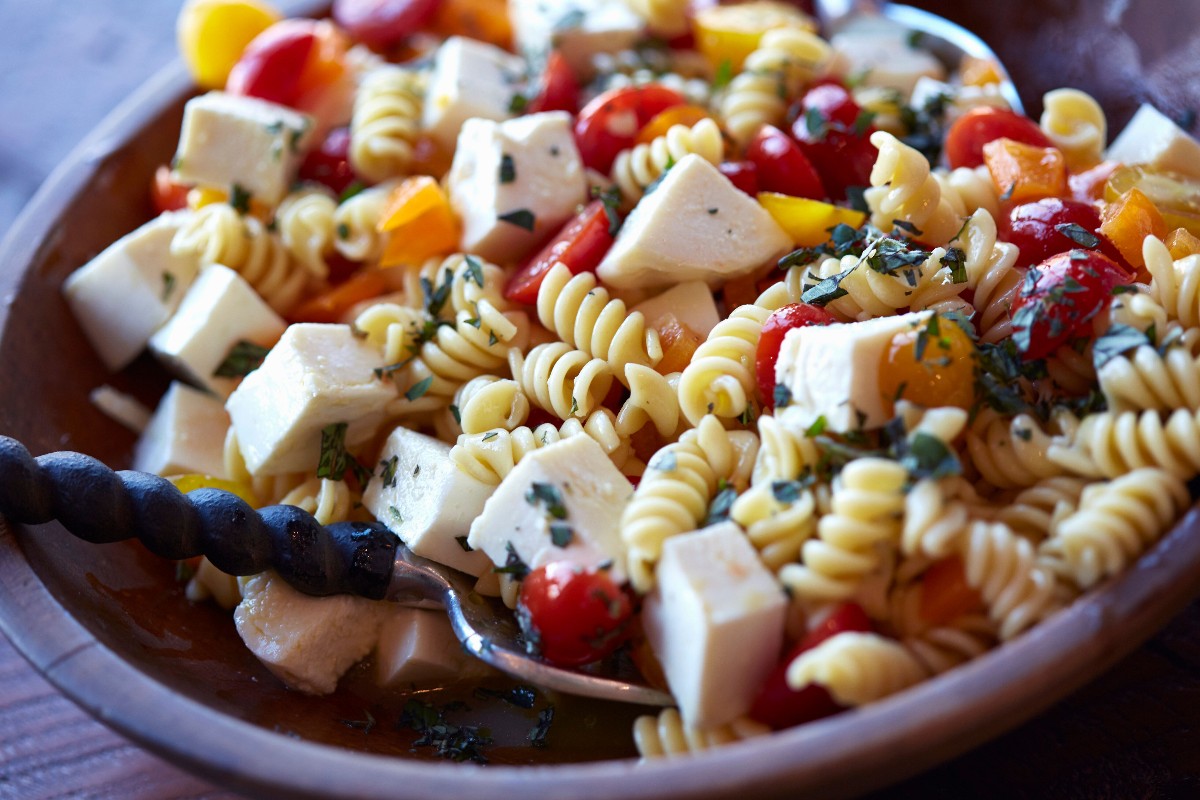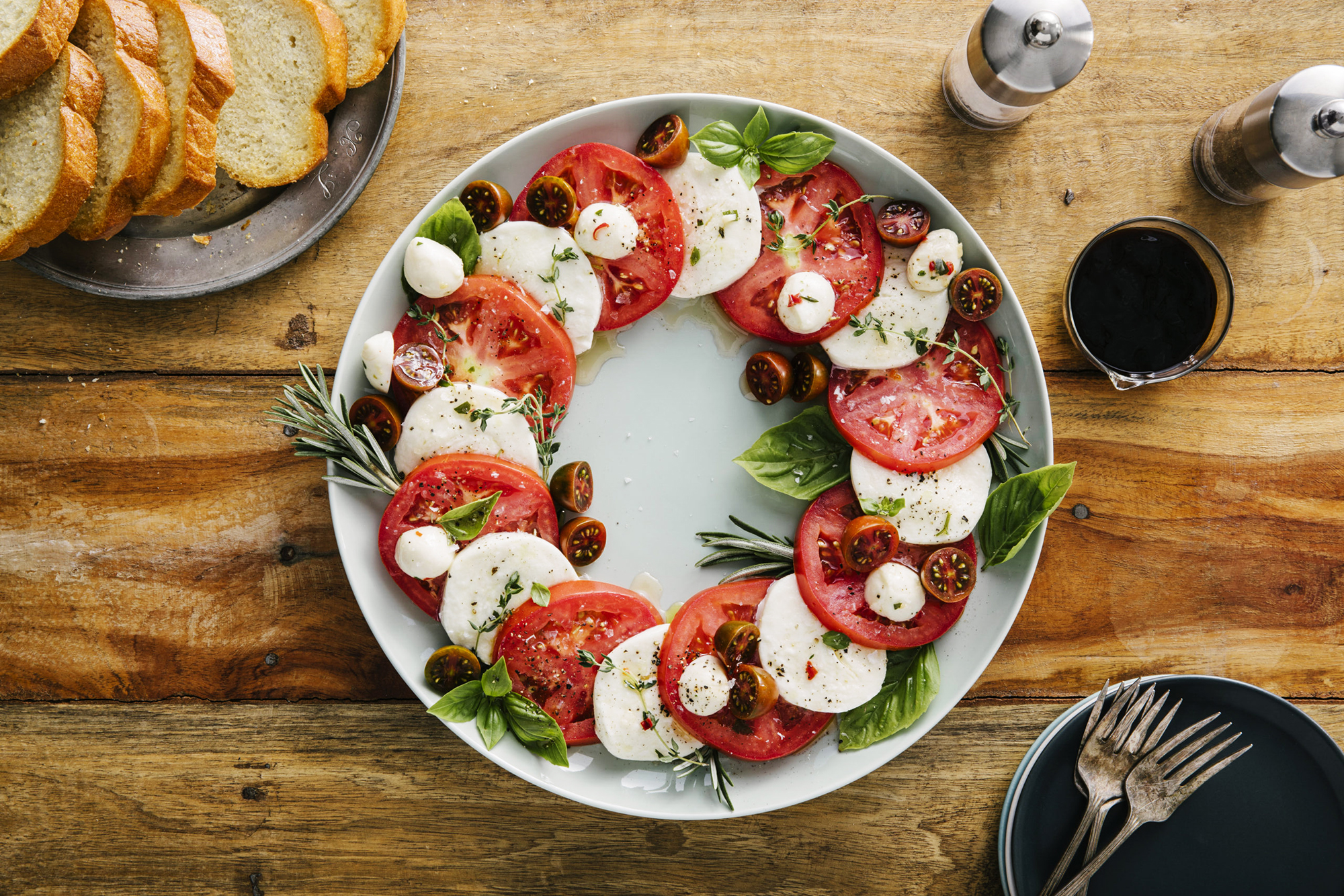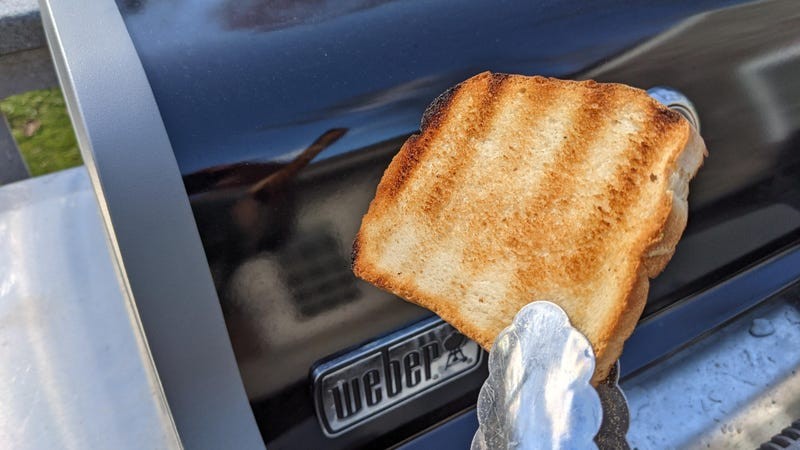Pasta salad is the consummate summer picnic MVP, and there are a ton of different ways to make it. After all, a pasta salad only really needs to include pasta and some type of dressing. Beyond that, the sky’s the limit.
Since pasta is a non-negotiable ingredient, it’s important to choose a pasta shape that can hold up to the dressing and can play well with added veggies, herbs and cheese. We consulted a group of professional chefs for advice on the best types of pasta for pasta salad, along with a few tips on making the most of whichever pasta you select.
Fusilli, rotini and cavatappi
Our experts all agreed that the short, twisty pasta shapes known as fusilli and rotini are excellent candidates for pasta salad, as is cavatappi, a larger pasta also referred to as “corkscrew macaroni.”
These spiral pastas are perfectly designed for pasta salad “because all the curves catch the dressing,” explained Pat Pascarella, the chef/owner of Bastone in Atlanta. Shawn Matijevich, the lead chef for online culinary arts and food operations at the Institute of Culinary Education, noted that “the more complicated the shape, the more dressing will stick because of the increased surface area.”
Farfalle
Farfalle, or “bowtie” pasta, is a common choice for pasta salads, and Gina Chersevani, the chef/owner of Buffalo & Bergen in Washington, DC, fully supports its use in this cookout side dish. “My personal favorite for pasta salads is bowtie pasta; the ridges and folds help hold in the flavor,” she said. “And aesthetically, it adds a nice dimension.”

Rotelle pasta looks like a wagon wheel. annabogush via Getty Images
Rotelle
Small and very short pastas produce a pasta salad that can be scooped and stabbed with equal ease. Cookbook author and recipe developer Jessica Formicola likes it that way: “Pasta salads do best with smaller, bite-sized pieces.” In terms of specifics, she enjoys rotelle (or “wagon wheels”) because they have “lots of nooks and crannies” to hold the dressing, particularly when said dressing is oil-based.
Orzo
Speaking of very short pastas, orzo has a consistency that’s similar to rice or farro, so pasta salads made with orzo eat more like “grain salads.” For this reason, according to executive chef Matthew Dolan of 25 Lusk in San Francisco, “orzo wins. It is cute and sweet, and it plays nice with all of the lovely veggies and diced cheese that makes pasta salad brilliant!”
When making an orzo salad, Dolan advised that you “take it easy with your mayo (if you use it at all), load it up with great veggies and fresh herbs, add salt and acidity, taste it, then taste it again.”
Tortellini
Using a stuffed pasta like tortellini in this kind of dish might seem a bit over the top, but “every once in a while, you just want some stuffed pasta in your pasta salad,” Pascarella said. With the right dressing and the right added ingredients, tortellini salad makes for a delicious side dish that can also work as a light entree. Fresh cherry tomatoes, basil leaves and diced mozzarella partner beautifully with chilled tortellini, and a balsamic vinaigrette will set the salad off to perfection.
Tips for making a delicious pasta salad
Use dried pasta, not fresh pasta
While fresh pasta is a delicious choice for hot dishes, it’s not ideal for pasta salad. It’s softer and more delicate than dried pasta, which leaves it vulnerable to becoming soggy when it sits in the fridge (or on the serving tray) covered in dressing and mix-ins.
Instead, look for “a really high-quality dried pasta,” said chef Zac Reynolds of Cook Weaver in Seattle. “Bronze-die-cut pasta, with a lot of texture from going through the die, helps sauces adhere to the pasta. Plus, there is the added benefit of the pasta having good flavor.”
Slightly undercook the pasta
Because pasta quickly absorbs liquids, overcooked pasta will become a pile of mush as part of a mayo-based or oil-based pasta salad. To prevent this issue, you should cook your pasta just past al dente, which gives it enough tenderness to hold up to the chilling process, but not so much that the dressing dissolves its structure.
Matijevich recommends you salt your water, cook the pasta for one minute less than the instructions say, drain the pasta quickly, toss it in oil (so it doesn’t stick together), and spread it in a single layer on a cookie sheet so it cools quickly. This will leave you with perfect pasta salad every time, since good pasta salad is as much about texture as it is about flavor.
Dress the pasta at room temperature
Instead of mixing your pasta salad with dressing while it’s still hot or putting it in the fridge until it’s completely cold, follow Chersevani’s advice and “allow it to reach room temperature before adding dressing.” Room-temperature pasta will absorb the dressing more thoroughly than cold pasta, but not as much (or as quickly) as hot pasta. This allows the salad to maintain the maximum amount of flavor and textural integrity.
This article was written by Taylor Tobin from HuffPost and was legally licensed through the Industry Dive Content Marketplace. Please direct all licensing questions to legal@industrydive.com.








